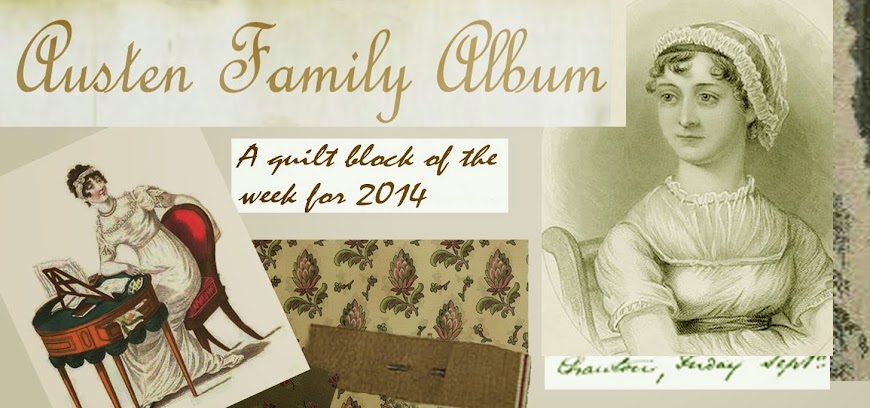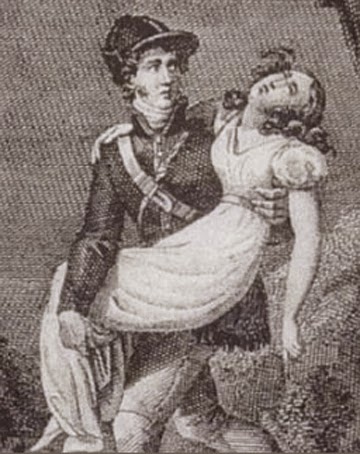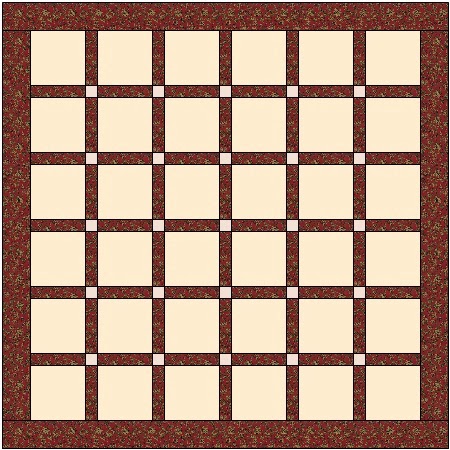1809 Fashion Plate
Because blogging is such a visual medium I will be including lots of period illustrations over the next year. Here are some of the sources.
Period Illustrations from the Georgian Era
One great resource for an idealized view of Jane Austen's England is the fashion periodical of the era, particularly Ackermann's Repository, a London magazine published from 1809 to 1829. Fashion plates, then and now, are exaggerations of style and life. Do note that these Georgian-era fashion plates usually feature elongated bodies, setting up fashion ideals real human beings can never meet.
The Comforts of Bath by James Gillray (ca 1756-1815)
Another exaggerated but slyly accurate source is the caricature. Jane lived in a golden era for cartoonists who poked fun at society and politics.
Tours of Dr. Syntax by
Thomas Rowlandson (1756-1827)
A Republican Beau
By Isaac Cruikshank (1756-1811)
The Cruickshank family's sense of humor had a harsher edge.
Above a French Revolutionary.
Period Illustrations from Jane Austen's Novels
Willoughby saves Marianne by Charles-Abraham Chasselat (1782-1843) from
Raison et Sensibilité, a Paris edition of 1828.
Jane Austen's novels were not illustrated during her
lifetime. The first illustrated editions are credited to French translations in
1828, followed by new English editions in 1833.
Illustration by William Greatbatch and George Pickering for Pride and Prejudice
from the 1833 English edition.
Darcy and Lizzie in dress and hair fashion of the 1830s.
Sense & Sensibility 1899, illustrated by Chris Hammond.
By the '90s Jane Austen novels were a new craze as was the arts and crafts movement. Having lived through the age of the hoop skirt and the bustle, the illustrators looked back at Regency fashion with a touch of Victoriana and William Morris.
Cupid and Emma by Chris Hammond (1860-1900) Ms. Hammond's drawings appeared in the late 1890s.
Duets After Supper by
C. E. Brock (1870-1938)
Brothers Charles Edmund Brock and Henry Matthew Brock illustrated several books about 1900 in their distinctive styles.
Each volume had numerous plates colored by nostalgia.
"How do you like my gown?" by H.M. Brock (1875-1960)
Reading Jane's Letters by Hugh Thomson (1860-1920)
Hugh Thomson worked in the early 20th century. As we can see by the furniture, his illustrations were period revivals.
Lizzie and Jane Bennet by Roberto Parada
from Pride and Prejudice and Zombies
Because copyright extends back ninety years to about 1920 I will not be using more creative and current illustrations from new editions of the novels or new novels.
Period Illustrations from Early Biographies & Memoirs
Steventon by Julia LeFroy drawn from her mother
Anna Austen LeFroy's memories.
Chawton House by Ellen G. Hill
In the early 20th century sisters Constance and Ellen Hill toured those sites. Ellen painted and drew the buildings and landscape as they appeared a century later for Constance's 1923 book Jane
Austen: Her Homes and Her Friends.
http://books.google.com/books?id=TVcNgW5uH5oC&pg=PA127&lpg=PA127&dq=illustration+george+pickering+austen&source=bl&ots=_dL9pTFvz5&sig=_cbj9_LzDHt9J-tWd4J0tSxoEQ4&hl=en&sa=X&ei=Kec2U9LnHNOxsATNiIH4CQ&ved=0CHkQ6AEwDw#v=onepage&q=illustration%20george%20pickering%20austen&f=false
Enough footnotes---Next Sunday the first block.





























































